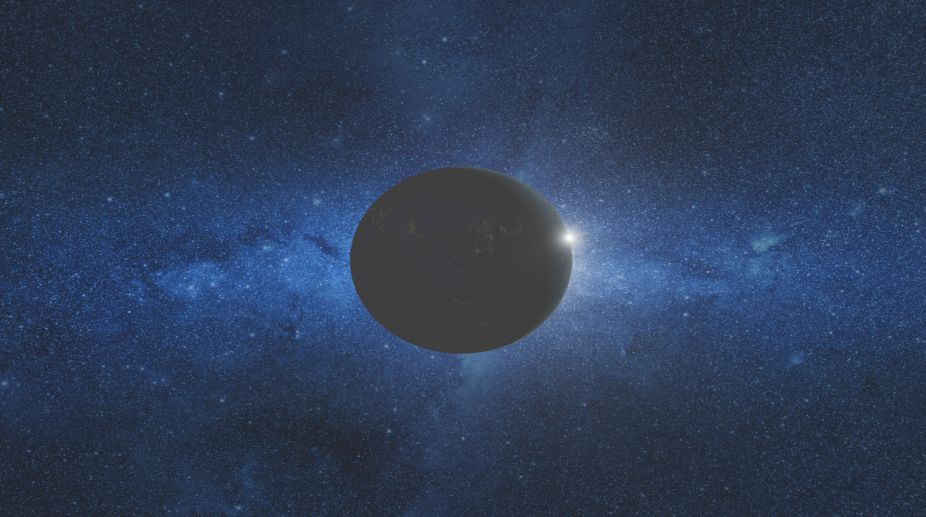NASA’s James Webb Space Telescope captures first images of Mars
The NASA Mars Twitter handle shared that tweet and wrote, "Rovers, orbiters, telescopes - and now a new, powerful eye watching the Red Planet.

(Photo: Getty)
An Earth-sized 'Tatooine' like planet could be quite hospitable if located at the right distance from its two stars, according to a new study.
With two suns in its sky, Luke Skywalker's home planet Tatooine in “Star Wars” looks like a parched, sandy desert world.
Advertisement
“In real life, thanks to observatories such as NASA's Kepler space telescope, we know that two-star systems can indeed support planets, although planets discovered so far around double-star systems are large and gaseous,” researchers said.
Advertisement
Scientists wondered if an Earth-size planet orbiting two suns could support life.
They found that such a planet could be quite hospitable if located at the right distance from its two stars, and would not necessarily even have deserts.
In a particular range of distances from two sun-like host stars, a planet covered in water would remain habitable and retain its water for a long time, researchers said.
“This means that double-star systems of the type studied here are excellent candidates to host habitable planets, despite the large variations in the amount of starlight hypothetical planets in such a system would receive,” said Max Popp, from Princeton University in the US.
Popp and Siegfried Eggl, a Caltech postdoctoral scholar at NASA's Jet Propulsion Laboratory created a model for a planet in the Kepler 35 system.
In reality, the stellar pair Kepler 35A and B host a planet called Kepler 35b, a giant planet about eight times the size of Earth, with an orbit of 131.5 Earth days.
For their study, researchers neglected the gravitational influence of this planet and added a hypothetical water- covered, Earth-size planet around the Kepler 35 AB stars.
They examined how this planet's climate would behave as it orbited the host stars with periods between 341 and 380 days.
“Our research is motivated by the fact that searching for potentially habitable planets requires a lot of effort, so it is good to know in advance where to look,” Eggl said.
“We show that it is worth targeting double-star systems,” said Eggl.
In exoplanet research, scientists speak of a region called the “habitable zone,” the range of distances around a star where a terrestrial planet is most likely to have liquid water on its surface.
In this case, because two stars are orbiting each other, the habitable zone depends on the distance from the centre of mass that both stars are orbiting.
To make things even more complicated, a planet around two stars would not travel in a circle; instead, its orbit would wobble through the gravitational interaction with the two stars.
Researchers found that on the far edge of the habitable zone in the Kepler 35 double-star system, the hypothetical water-covered planet would have a lot of variation in its surface temperatures.
Since such a cold planet would have only a small amount of water vapour in its atmosphere, global average surface temperatures would swing up and down by as much as 2 degrees Celsius in the course of a year.
“This is analogous to how, on Earth, in arid climates like deserts, we experience huge temperature variations from day to night,” Eggl said.
“The amount of water in the air makes a big difference,” Eggl added. The study was published in the journal Nature Communications.
Advertisement